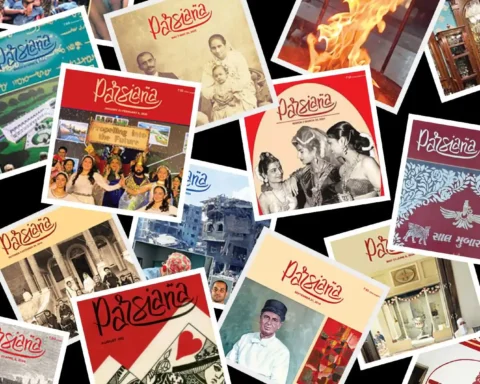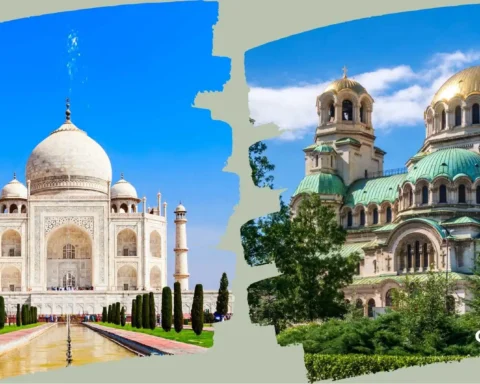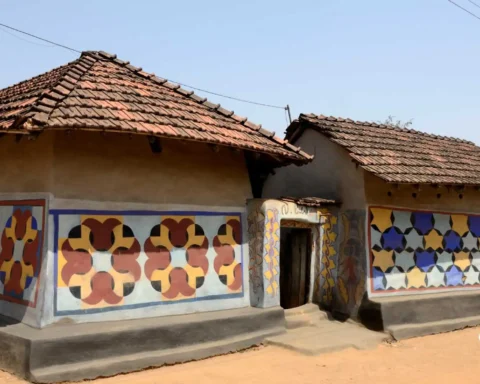What makes the culture of the Andaman and Nicobar Islands so distinct is its ability to seamlessly integrate diverse traditions, practices, and communities into a unified identity. Unlike most parts of India, these islands offer a blend of indigenous heritage, settler diversity, colonial legacy, unique languages, and an intimate relationship with the environment. From religious beliefs and festivals to cuisine, music, and craftsmanship, every aspect of life here contributes to a cultural experience that is both vibrant and deeply rooted in tradition.
Table of Contents
Culture of the Andaman and Nicobar Islands
At the heart of the culture of the Andaman and Nicobar Islands lies the presence of several indigenous tribes whose roots trace back thousands of years. These include the Great Andamanese, Onge, Jarawa, Shompens, and the Sentinelese communities that have largely resisted external influence and continue to uphold unique customs, languages, and lifestyles.
Living in harmony with nature, these tribes depend on hunting, fishing, and gathering, and their cultural practices are deeply intertwined with the natural environment. Notably, the Sentinelese tribe, considered one of the last uncontacted peoples on Earth, continues to live in voluntary isolation on North Sentinel Island. The preservation of these indigenous cultures is protected under Indian law, ensuring minimal outside interference.
Cultural and Religious Diversity Amongst Settlers
Over time, people from Bengal, Tamil Nadu, Kerala, Punjab, and Andhra Pradesh made these islands their home. This mix created a vibrant cultural landscape where many faiths and practices coexist peacefully. The temples, mosques, churches, and gurdwaras in close proximity, each one active and respected, can be found. Festivals like Durga Puja, Diwali, Onam, Eid, and Christmas are celebrated by the entire community, showcasing just how united and vibrant the social life is here. This diversity adds richness to the culture of the Andaman and Nicobar Islands.

Colonial Imprints and Historical Legacy
The British colonial era left an indelible mark on the islands, most visibly through the establishment of the Cellular Jail in Port Blair, a former colonial prison that now serves as a national memorial. This architectural landmark stands as a symbol of both historical suffering and the resilience of India’s freedom movement.
In addition to its historical significance, remnants of colonial administration, architecture, and urban planning still influence certain aspects of daily life in the islands. This layer of colonial legacy is an integral component of the culture of the Andaman and Nicobar Islands, adding complexity and historical perspective to its identity.
Music, Dance, Cuisine and Art: As Cultural Expression
Music and dance are an integral part of the daily life of the islands. Tribal groups perform traditional dances during festivals like the Pig Festival, while settlers bring in classical and folk forms from the mainland. Whether it’s Bihu, Bharatanatyam, or Tamil folk songs, performances are shared and celebrated by all.
Cuisine is another important part of the culture of the Andaman and Nicobar Islands. Seafood dominates, but influences from every community mean you’ll find coconut-rich stews, spicy curries, and snacks that feel both local and familiar. Art and craft also thrive—people make intricate items from shells, bamboo, and wood, keeping old skills alive and supporting their families in the process.
Islands’ Geography and Traditional Livelihoods
The islands’ geographical isolation has fostered a lifestyle that is deeply adapted to local environmental conditions. Fishing, coconut cultivation, and artisanal crafts made from locally available materials, such as shells, bamboo, and cane, are traditional economic activities.
These practices are not only economically important but also culturally significant, reflecting a close-knit relationship between the inhabitants and their natural surroundings. The adaptation to limited resources has also shaped community values centered around cooperation, sustainability, and self-reliance.
Ecological Consciousness and Cultural Harmony
One of the most striking features of the region’s identity is its deep-rooted harmony with the natural world. Tribal communities view the forest and sea as sacred, often incorporating ecological elements into their rituals and daily life. Even settler populations demonstrate a high awareness of their ecological responsibilities, given the fragile island ecosystem.
This cultural respect for nature promotes a lifestyle rooted in sustainability, which is increasingly relevant in the global context of environmental conservation. The islands thus serve as a living example of cultural practices aligned with ecological stewardship.
Conclusion
So, what truly makes the culture of the Andaman and Nicobar Islands distinct? It’s the way people from various backgrounds live together, celebrate each other, and preserve both ancient and modern traditions. The islands are a living example of harmony, not just among people but also with nature. That’s what gives their culture its warmth, strength, and distinct charm.

FAQs
What is the culture of the Andaman and Nicobar Islands?
The culture of the Andaman and Nicobar Islands is a unique blend of indigenous tribal traditions and diverse settler customs, reflecting harmony in diversity.
What is the cultural festival of the Andaman and Nicobar Islands?
The islands celebrate a range of cultural festivals, including the traditional tribal Pig Festival and mainstream events like Diwali, Onam, and Christmas.
What are the cultural symbols of the Andaman and Nicobar Islands?
Cultural symbols include tribal dance forms, shell and bamboo handicrafts, multi-faith religious sites, and the historic Cellular Jail.
What is the food culture of the Andaman and Nicobar Islands?
The food culture is rooted in seafood, coconut-rich dishes, and spicy curries influenced by both tribal and mainland Indian cuisines.









